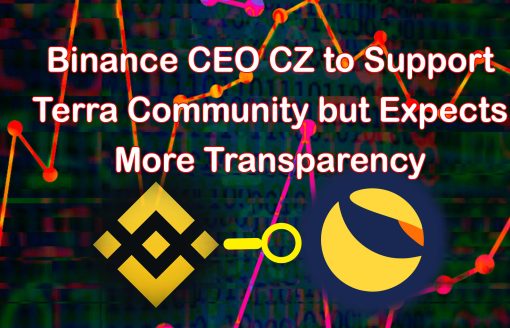What Is a Layer-1 Blockchain?
A layer-1 blockchain is a set of solutions that improve the base protocol itself
Layer-1 blockchain refers to the underlying blockchain protocol that provides the foundation for the network. It is a distributed ledger technology (DLT) that has been designed to record transactions securely on a public, immutable and trustless ledger.
Stay in the know on crypto by frequently visiting Crypto News Today
Layer-1 blockchains are the most basic form of blockchain and the foundation for all other blockchain layers. They are often referred to as the “core” or “foundation” of the blockchain network, as they provide the infrastructure for all other applications and protocols that are built on top of the network. They are the only layer directly responsible for maintaining the distributed ledger, validating transactions, and securing the network from malicious actors.

At the core of a layer-1 blockchain is a consensus mechanism responsible for validating and recording transactions to the ledger. It ensures that the ledger is immutable and can be trusted by all participants in the network. Common consensus mechanisms used on layer-1 blockchain networks include proof-of-work (PoW), proof-of-stake (PoS) and delegated proof-of-stake (DPoS).
Layer-1 blockchain technology is the foundation for many of the leading public blockchain networks, such as Bitcoin and Ethereum. It is also the underlying technology for many decentralized applications (DApps) and protocols.
Examples of Layer-1 Blockchain
Bitcoin
Bitcoin is a decentralized digital currency and peer-to-peer payment system. It is the first and most widely used layer-1 blockchain. Transactions on the Bitcoin network are recorded and verified by miners, who are rewarded with newly created Bitcoins when they successfully validate a transaction.
Ethereum
Ethereum is an open-source, public blockchain-based distributed computing platform. It enables users to develop and deploy decentralized applications and smart contracts. Ethereum also has its own cryptocurrency, Ether, and has become the world’s second-largest blockchain platform by market capitalization.
Layer-1 vs Layer-2 Blockchains
Layer-1 blockchains are the foundational layer of the blockchain infrastructure. These are responsible for running the consensus protocol, processing transactions, and maintaining the distributed ledger. Layer-1 blockchains are typically permissionless, meaning anyone can interact with the blockchain and become a node in the network.
Layer-2 blockchains are scaling solutions for layer-1 blockchains. They are used to increase scalability and efficiency and are also generally cheaper to use, as they leverage the underlying layer-1 blockchain as a base layer.![]()
Please Read Essential Disclaimer Information Here.
© 2024 Crypto Caster provides information. CryptoCaster.world does not provide investment advice. Do your research before taking a market position on the purchase of cryptocurrency and other asset classes. Past performance of any asset is not indicative of future results. All rights reserved.
Contribute to CryptoCaster℠ Via Metamask or favorite wallet. Send Coin/Token to Addresses Provided Below.
Thank you!
BTC – bc1qgdnd752esyl4jv6nhz3ypuzwa6wav9wuzaeg9g
ETH – 0x7D8D76E60bFF59c5295Aa1b39D651f6735D6413D
MATIC – 0x7D8D76E60bFF59c5295Aa1b39D651f6735D6413D
LITECOIN – ltc1qxsgp5fykl0007hnwgl93zr9vngwd2jxwlddvqt





